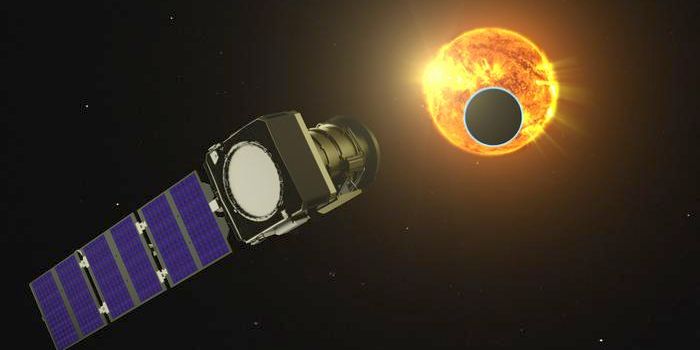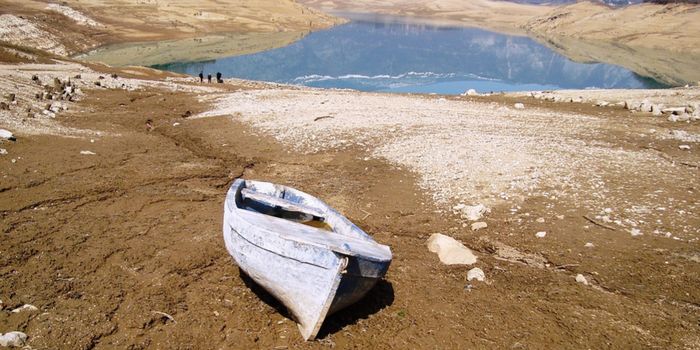Odysseus Moon Lander Breaks a Leg Upon Touchdown
The Odysseus moon lander, which first launched for the moon on February 15, appears to have broken a leg upon landing and then fell over on the moon’s surface, with some of the first images received on Earth showing the broken leg. The craft landed close to the moon’s south pole.
Though Odysseus is still generating power through solar energy at this time, it was only meant to survive about a week. After that, the lander was expected to go quiet once it entered into “lunar night” (ie, the dark side of the moon), which could spell the end for the lander. Reaching temperatures of nearly -130º Celsius, that kind of cold could destroy the batteries and other hardware on the lander, leaving it unable to communicate back to Earth.
Odysseus, which was created by the private company Intuitive Machines, is the first private vessel to attempt a landing on the moon, and the first time the U.S. has attempted a landing in over 50 years. It’s also the second time a private enterprise has attempted a moon landing in collaboration with NASA; the first one had a fuel leakage issue the prevented the craft from leaving the atmosphere.
Part of the reason for the incorrect landing was likely driven bya change in the lander’s navigation system. Late in the game, the lander switched away from its own navigation system (which had become inactive) to an experimental system provided by NASA. This laser system emerged as a novel, highly-precise method of navigation that could provide more clear guidance to landers in the lunar environment. Early technology for landing on planets and moons, such as Mars, leveraged radar technology. However, these tools were very imprecise because radar waves can cover a wide distance, nor could the differentiate between velocity and range. The laser system designed by NASA was designed to give more precise information for landing.
However, Odysseus landed nearly a mile from its intended target and at a higher elevation than the flat terrain of the target landing zone. It also came in too fast, breaking a leg before sliding back on a nearby slope.








